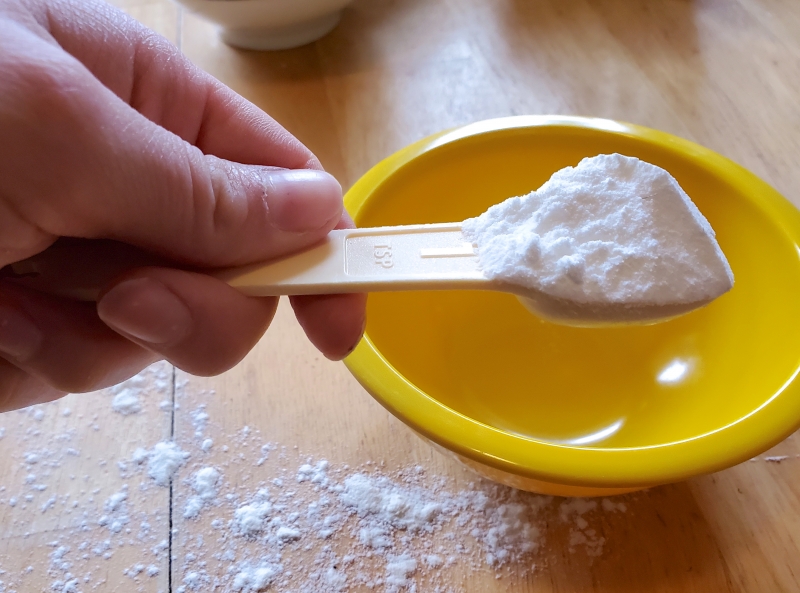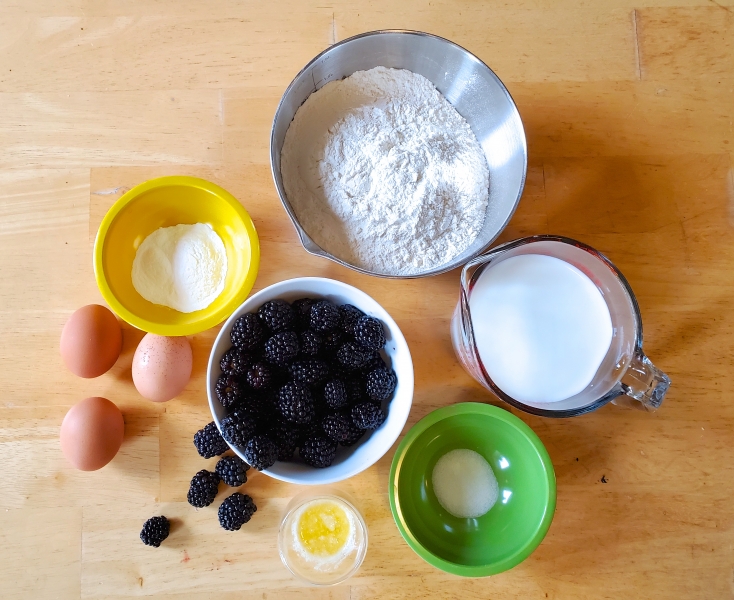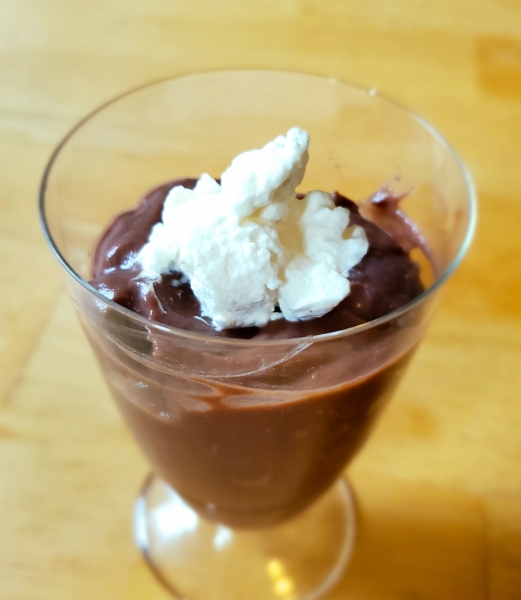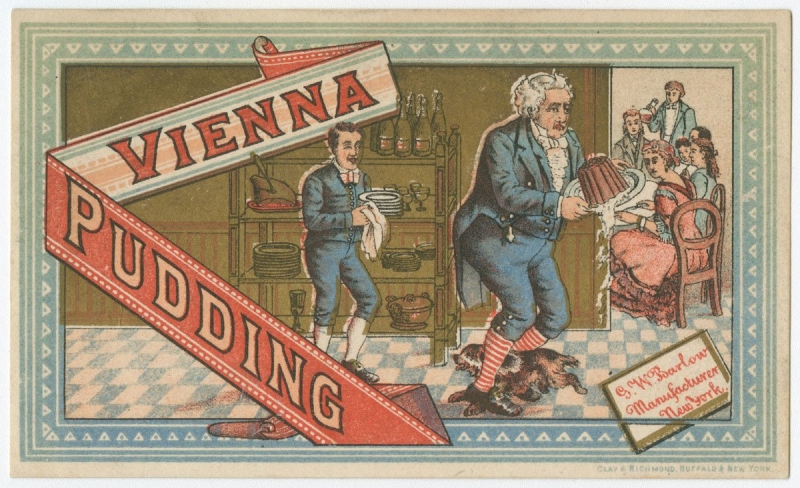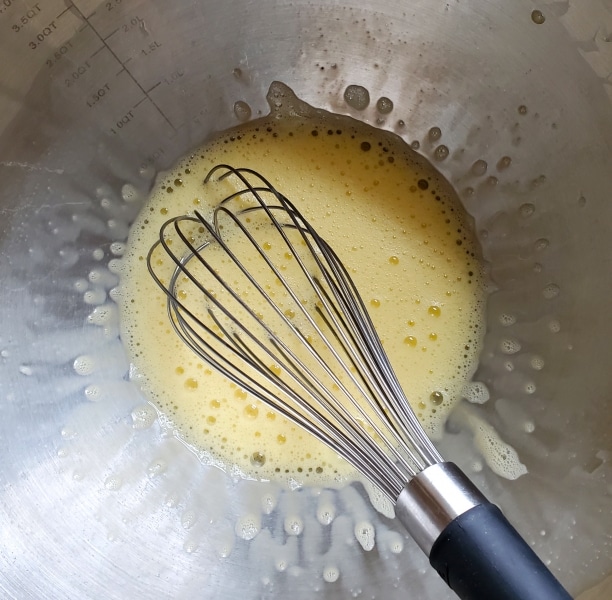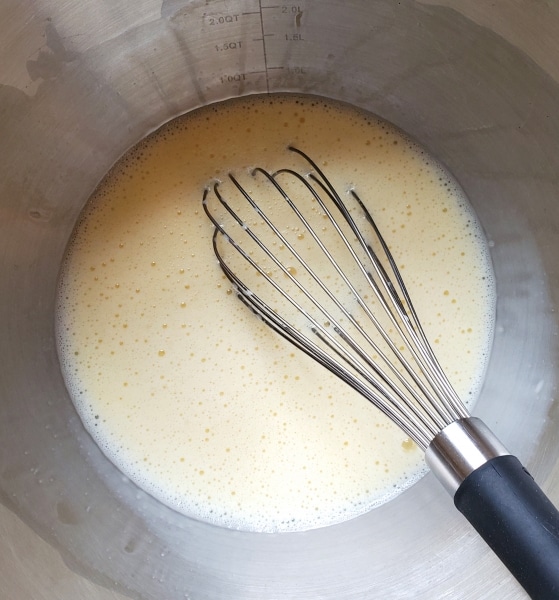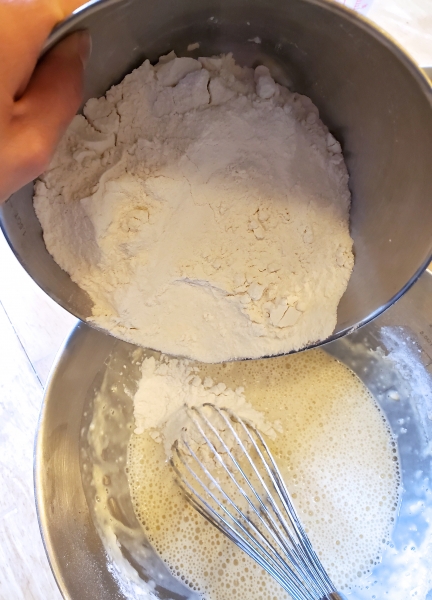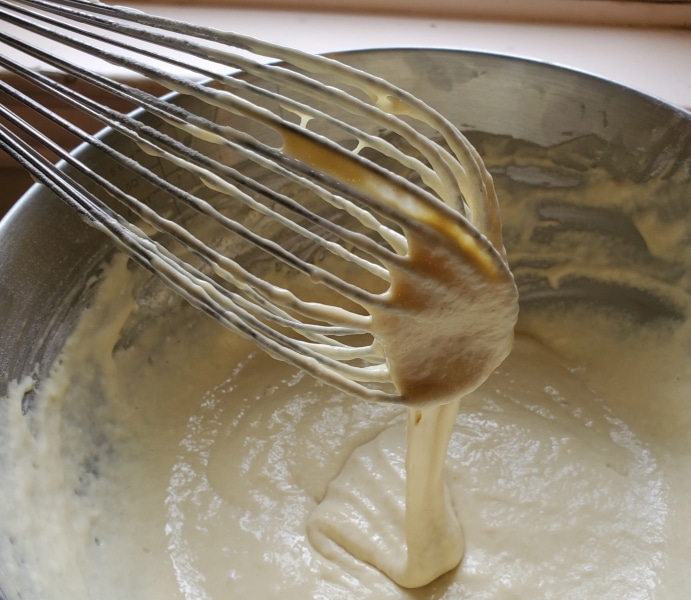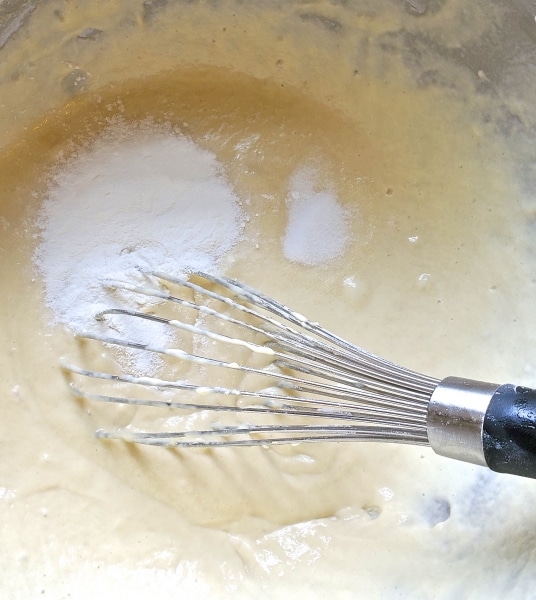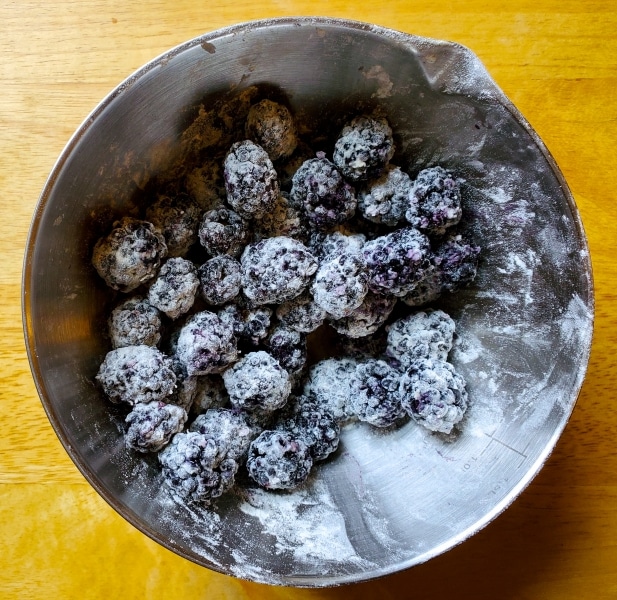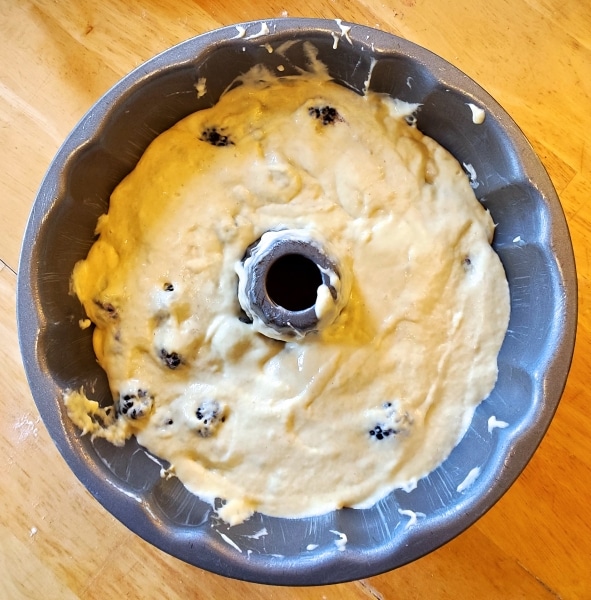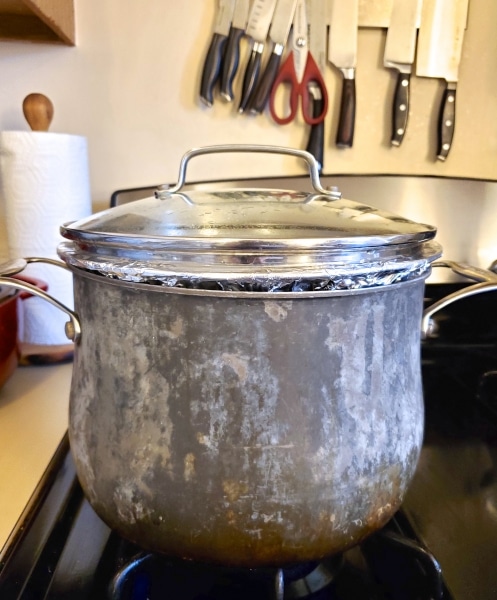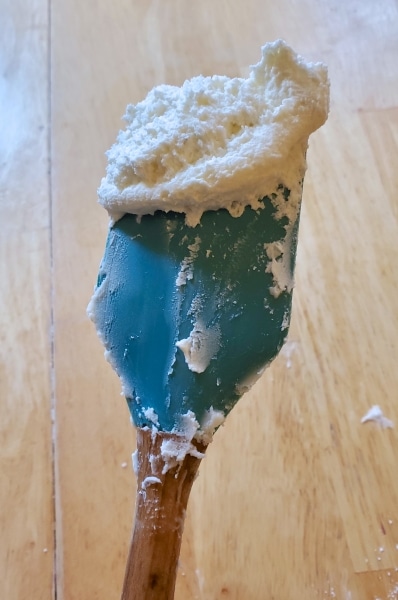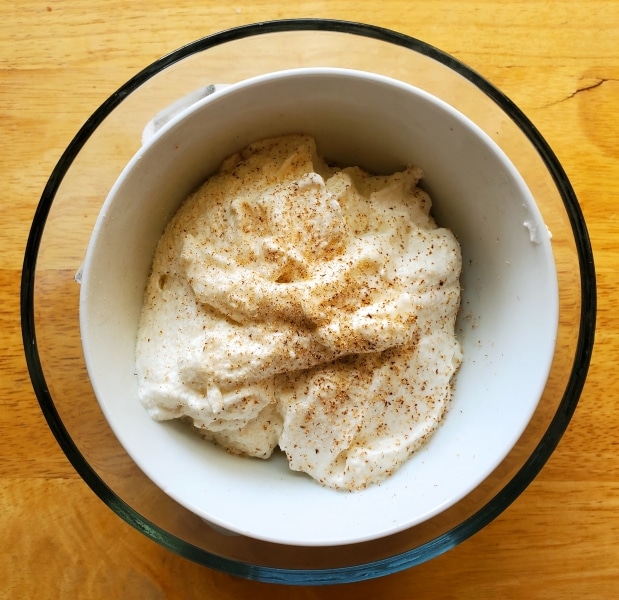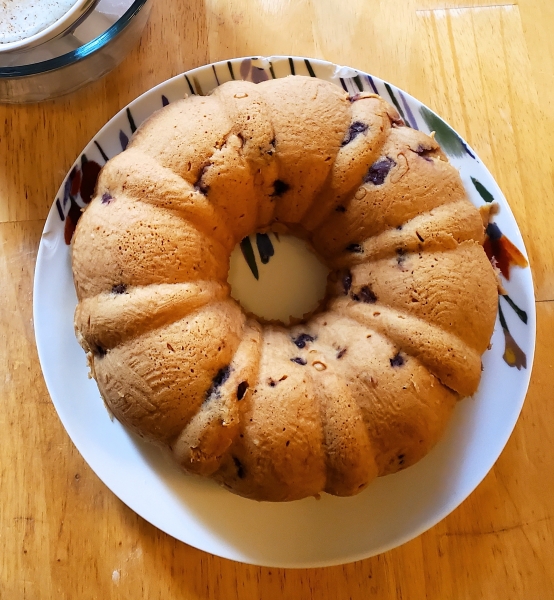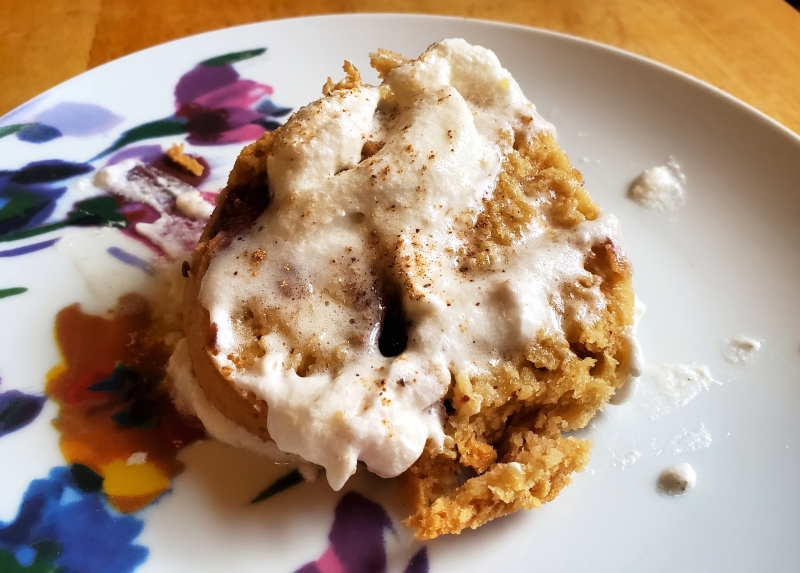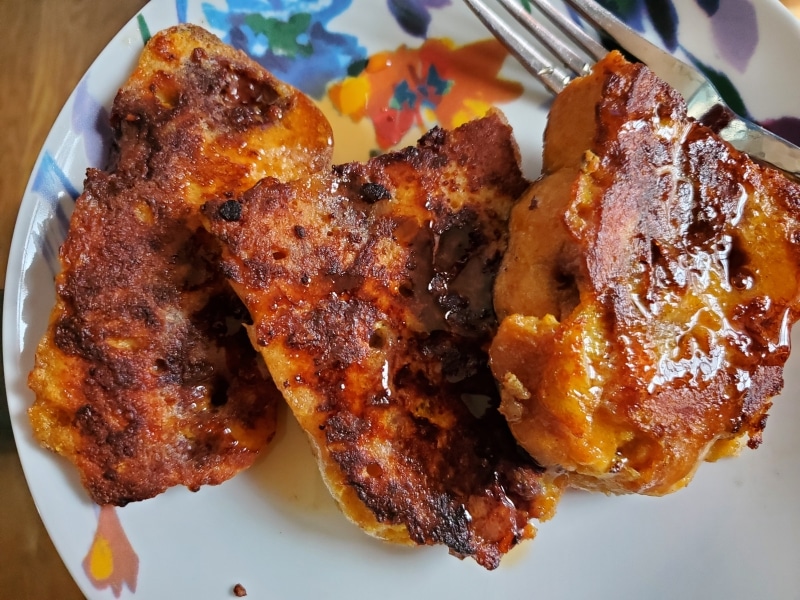A Tale of Two Puddings Part Two: Blackberry Pudding
Katie Maxwell, Visitor Services Coordinator
(If you missed part one, start here.)
For my second delve into 35 Receipts from “The Larder Invaded,” I chose this 1886 blackberry pudding recipe found on page 67. I love blackberries, and I love dessert so nothing could go wrong. Even if it does, it will still be dessert, and I never met a dessert I didn’t like.
Then I read the ingredients…and read them again. Here they are:
1 pint of milk
3 ½ cups of flour
3 eggs
½ teaspoonsful of salt
1 tablespoonful of melted butter
2 heaping teaspoonsful of baking-powder *
1 pint blackberries
*Some quick search on the internet tells me that a “heaping” or “heaped” teaspoonful is the result of getting as much of the ingredient as possible on the spoon.
LIke so.
I do have other questions though.
Where is the sugar? What’s with all that flour? That sure seems like a lot of baking powder.
These ingredients don’t look like they will make any kind of pudding I’ve ever had before.
(Pudding.)
This must be one of those British style steamed puddings that always look like cake to me, and suddenly Mrs. Cratchit’s worries about flour quantities make more sense in A Christmas Carol.
Vienna Pudding, G.W. Barlow, manufacturer, New York (Buffalo: Clay & Richmond, ca. 1885). Chromolithograph
I think it is supposed to look something like this. (Hopefully, I will not drop it on the floor.) My sugar question still stands.
The process begins.
Beat the eggs, whites and yolks together, until light;
Then add the milk,
Then add the flour, and beat until smooth;
I highly recommend adding the flour a little bit at a time; it will make the beating process much easier.
Then add the butter melted, salt, and baking powder.
I would typically mix all the dry ingredients together first, but let’s see how this goes.
Drain the blackberries [after washing them], dredge them with flour,
Stir them into the pudding, and turn into a greased pudding mold.
I don’t have a pudding mold, so I am using a bundt pan.
Cover, stand in a pot of boiling water, and boil continuously for three hours. If the water evaporates in the pot, replenish with boiling water. Serve with Fairy Butter.
I’m improvising here. I cover my bundt pan in a couple of layers of aluminum foil and lower it into my largest stockpot along with a few quarts of boiling water.
Now, the waiting…
In the meantime, time to make the Fairy Butter.
¼ cup of butter
1 cup of powdered sugar
1 teaspoonful of sherry
Whites of two eggs
This is so much sugar.
I don’t have any sherry, so I’m using a bit of white wine. It’s close enough.
Beat the butter to a cream, add gradually the sugar, and beat until very light
Like this?
Add the whites, one at a time, and beat all until very light and frothy, then add gradually the sherry and beat again.
I taste some at this point. It is very sweet.
Heap it on a small dish, sprinkle lightly with grated nutmeg, and stand away on the ice to harden.
I set my bowl of Fairy Butter in a pyrex bowl filled with ice.
The three hours go by, and I poke the pudding through the aluminum with a chopstick. It still looks gooey, so I let it steam for another thirty minutes, checking every ten.
I think it’s done.
It takes a little effort to get it out of the pan, but here it is.
The texture of the desert is closest to a quick bread, but without any sugar, it tastes a little bland. However, a slice of pudding topped with the fairy butter is a nice combination. Even though I wouldn’t want to eat either item by itself, they really balance each other well. The buttery topping melts into the surface of the pudding.
I still find it strange calling it pudding.
As I side note, I made a delightful discovery. Somewhat stale blackberry pudding makes excellent french toast!
Next time, I will be trying something completely different and tackling artichokes.

